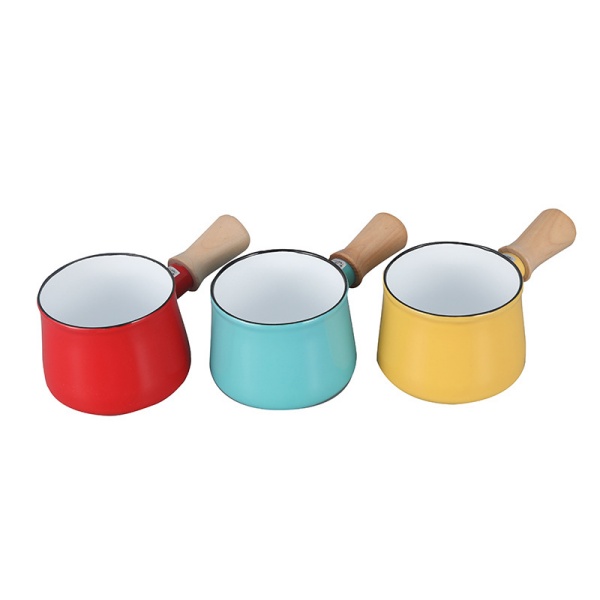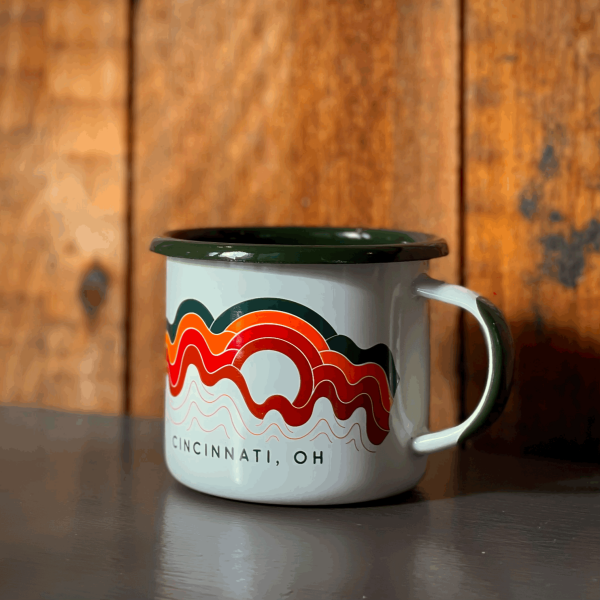Enamelware Industry
**Manufacturing Process of Enamel Mugs**
Enamel mugs, known for durability and heat resistance, undergo a multi-step production process combining metalworking and glass fusion techniques. Below is a streamlined overview:
1. **Metal Base Preparation**
Low-carbon steel or iron sheets are cut and stamped into mug shapes using hydraulic presses. Surfaces are cleaned via sandblasting to remove impurities, ensuring adhesion. The base is then annealed at 650–750°C to relieve stress.
2. **Enamel Coating Application**
A glass-based slurry (frit) containing silica, borax, and pigments is prepared. The mug undergoes two coatings:
- *Ground Coat*: A corrosion-resistant base layer is applied via spraying or dipping, then fired at 820–880°C to fuse the enamel.
- *Top Coat*: A decorative layer is added, followed by a second firing at 760–800°C for gloss and color stability.
3. **Quality Control**
Post-firing, mugs are inspected for bubbles, cracks, or uneven coatings. Electrical conductivity tests verify full enamel coverage. Handles are riveted using corrosion-resistant alloys.
4. **Finishing**
Edges are smoothed, and designs may be screen-printed with heat-cured inks. Final products are packed in shock-resistant materials.
The entire process emphasizes precision temperature control and material compatibility to achieve the iconic vitreous enamel finish. Modern factories utilize automated kilns and robotic spraying systems to ensure consistency while maintaining artisanal aesthetic qualities. Production time per unit averages 2–3 hours, with 95% material efficiency through scrap metal recycling.





